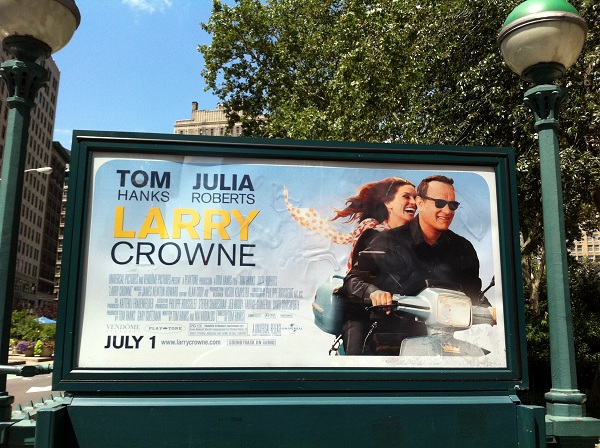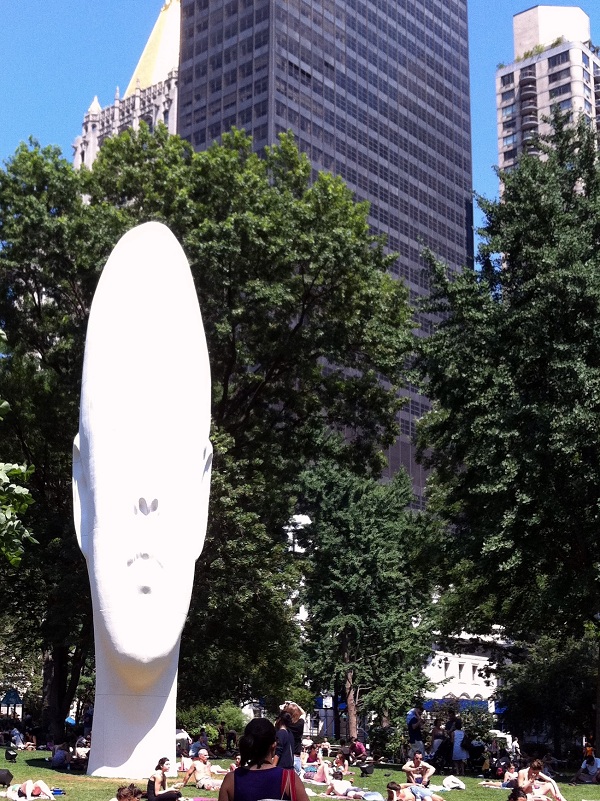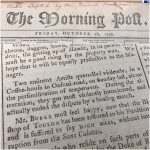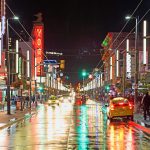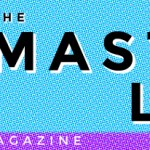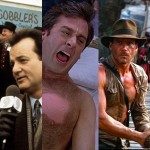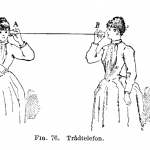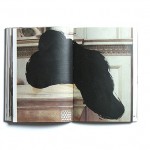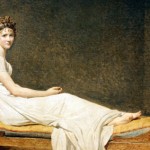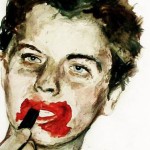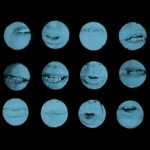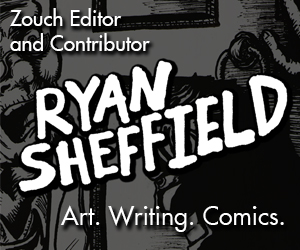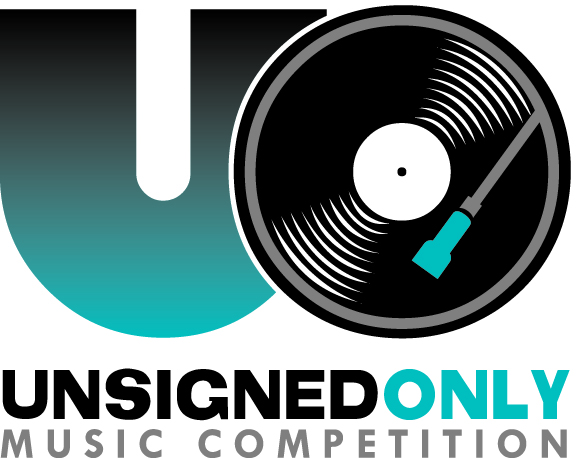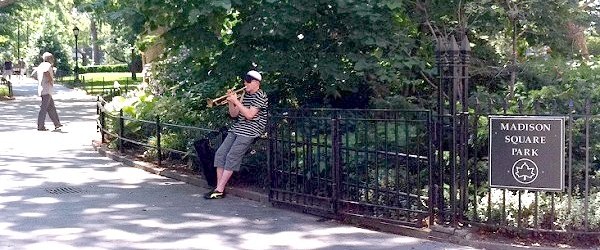
The Artist or the Art?
Art, Commentary, CultureNew York City is full of art, and it’s also full of advertisements. Among the sides of buses, the guts of subway trains, the peeling wood of construction site billboards, and the polished walls of high-rise office buildings, the city finds a million ways to talk to us about art.
The discussions can be very different. There’s the poster of Alexander McQueen’s posthumous celebration, Savage Beauty, at the Metropolitan Museum of Art; it takes a single dress to get a hurried commuter to notice. And then there’s the onslaught of Theater Row, where signs tussle amongst each other and cry Memphis! or Jersey Boys! or Phantom of the Opera! Without fail, they all end in an exclamation mark.
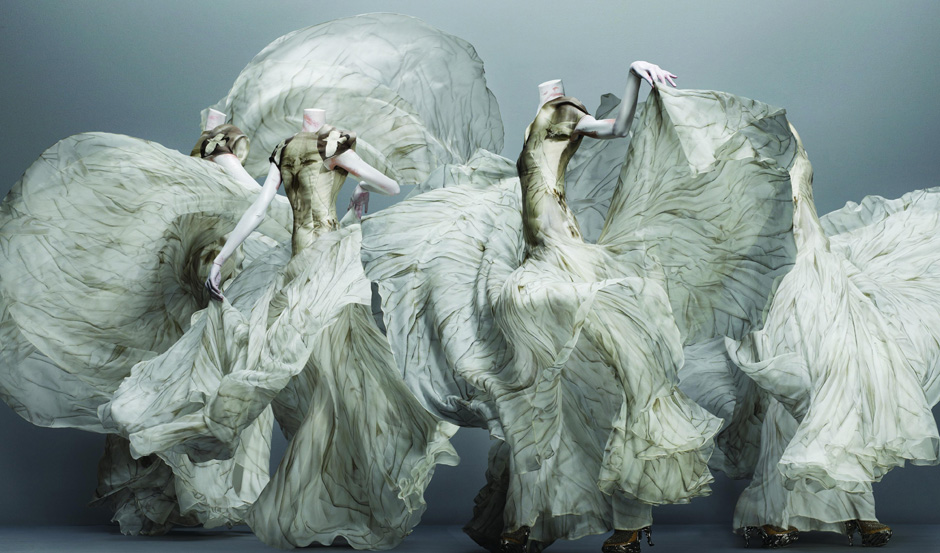
The conversation about art has a razor-thin but vital line running through it – the divide between the artist and the art itself. It’s like a duplicitous umbilical cord, connecting while it carves apart. Art is a form of speech, but it’s meant to be focused on its audience. Speak too loudly, and you’ll fail to release it – so that it remains, forever, yours alone.
This is not to say that an advertisement for an art event or art piece can’t be gaudy. It certainly can, and it often is. In our world of constant bombardment by consumer choices, artists are often forced to serve their product with the same audacity as a cereal company, perhaps, or a global airline.
However, they must ultimately serve just that – their product. Such was my thought when, upon leaving Argo Tea on Fifth Avenue the other day, I came face to face with this:
My first reaction was humor, replaced quickly with annoyance. Mind you, I’m not enough of a nonconformist to brush aside all of Hollywood as disdainful non-art. Hollywood is timeless, despite its occasional pitfalls, and a film is one of the most concise ways to communicate a story. This ad, however, fails to hint at the story of the film itself. Instead, it seems to say, “There’s a movie with Julia Roberts coming out. Tom Hanks is also in it, so bring your male friends.”
One could argue that actors “make” the film (as opposed to breaking it). Similarly, novelists have a voice that often comes through their plots and gives them a special kick. Singers have pitches. Painters have brush strokes. The list continues ad infinitum. But as a target audience, I’m also acutely aware of the fact that an actor may slip up in his or her performance, and that a script will ultimately hold a movie together.
Just as I would be loath to see a film advertised by a white poster with the director’s (or scriptwriter’s) name written in block letters, I resent being asked to see a movie based solely on the Tom Hanks name.
It makes me think of restaurants that advertise their regional affiliation instead of their actual menu. As if the food, given the region, is immediately implicit.
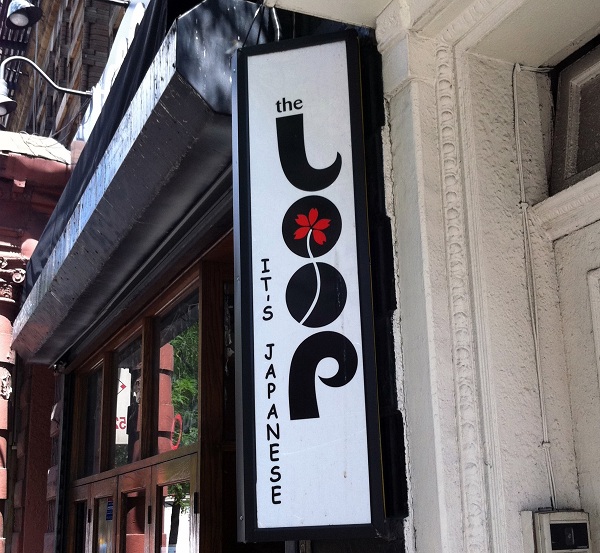
Serendipitously, walking into Madison Square Park dispelled my disappointment with New York’s art branding that afternoon. Months ago, the elongated face of a young girl came to grace the park’s northeast corner; I walk past the spot every morning, and yet I didn’t notice how she managed to appear. Weeks passed before I read about her in a travel magazine: I discovered then that she’s named Echo, and that she came to New York in the imagination of Spanish sculptor Jaume Plensa.
All in all, she’s a perfect example of tasteful, silent, and impactful art. Art which jolts passersby out of their stupor in the mornings, but which is confident enough to speak with its face instead of its name.
New York is full, really, of such unassuming art forms.





